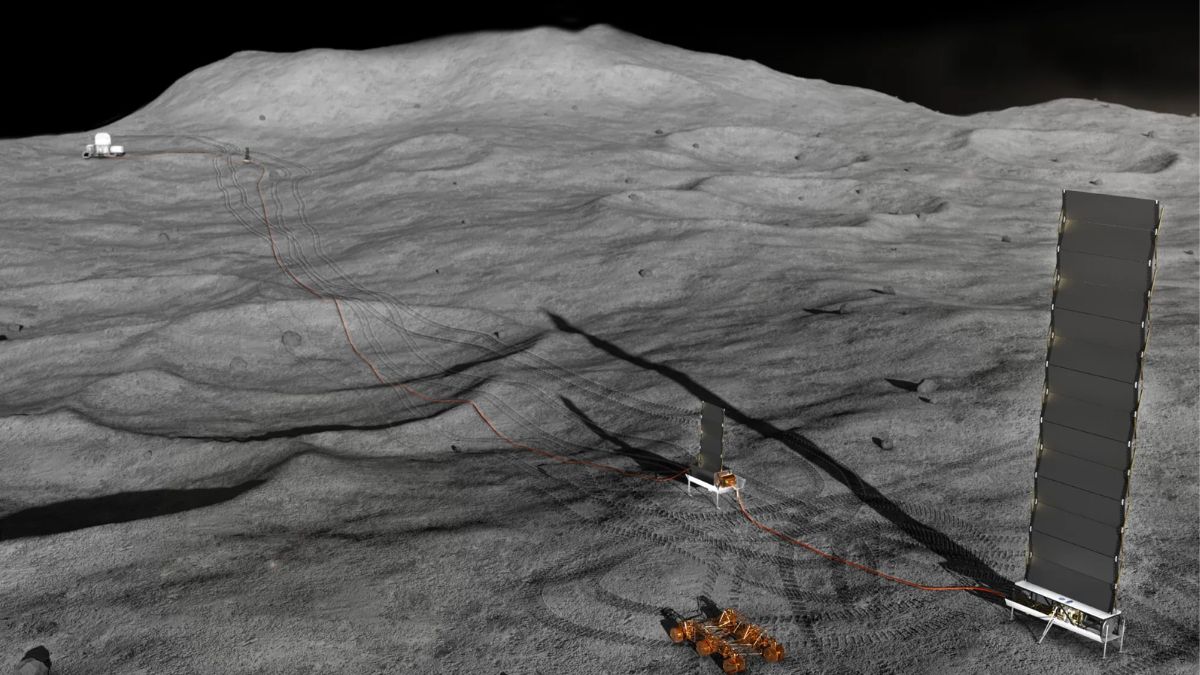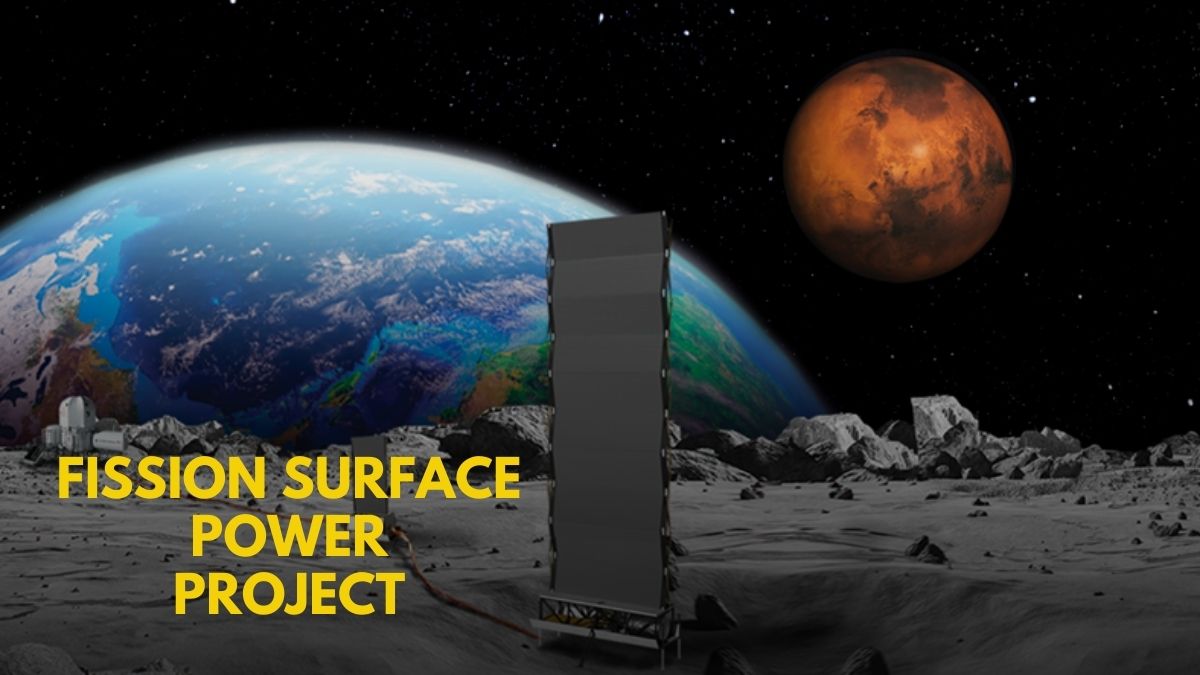The goal of NASA’s Fission Surface Power Project’s first phase, which was to develop blueprint concepts for a small nuclear fission reactor that could produce electricity, is almost over. This reactor may be used for a test on the Moon in the future, and it may also offer information for future designs that will be used on Mars.
Table of Contents
Fission Surface Power Project
NASA awarded three contracts to commercial partners in 2022, each costing $5 million, with the requirement that they develop a preliminary design for a system that could supply a steady power supply for an extended human stay on the lunar surface.
A reactor would be a part of this system, along with parts for heat rejection, power distribution, and management. A development timeline and estimated costs that would allow the system to function for at least ten years were also requested from the partners.
According to NASA Headquarters’ program director for Technology Demonstration Missions, Trudy Kortes, a nuclear power source demonstration on the Moon is required to demonstrate its dependability, safety, and cleanliness.
Sustained exploration and scientific endeavors on the Moon require a power source that can function independently of the Sun, such as a nuclear reactor, because lunar nighttime poses technological challenges.
Solar power systems are restricted on the Moon, but nuclear reactors may be installed in shadowy locations (which might contain water ice) or could provide continuous electricity during the lunar nights, which last for fourteen and a half Earth days.
NASA designed a framework for the first reactor’s specifications that was flexible and adaptable so that private companies could offer creative solutions for critical assessment.
The project manager for Fission Surface Power at NASA’s Glenn Research Center in Cleveland, Lindsay Kaldon, observed that there were several different strategies, all of which were unique. The purposeful absence of precise specifications encouraged the participants’ creativity and original thought processes.
NASA stipulated that the reactor’s weight could not exceed six metric tons and that it must produce forty kilowatts of electricity—enough for demonstrations and extra power for rovers, lunar habitats, backup power systems, or scientific experiments. To put this into perspective, an average of 33 American dwellings can be powered by 40 kW.

NASA has set a goal for the reactor to operate without human intervention for ten years in order to guarantee its success. Safety precautions, particularly those related to radiation exposure and protection, have a significant impact on the reactor’s design.
Apart from fulfilling the required standards, the partnerships investigated ways to facilitate remote activation and control of the reactor. They investigated several fuel configurations and alternatives and evaluated potential faults. A wide range of concepts were produced by combining space specialty enterprises with terrestrial nuclear firms.
In order to gather more data before proceeding to phase two, when private businesses will be requested to construct a final reactor for lunar demonstration, NASA plans to extend the first stage of contracts for three phases. According to Kaldon, this extra information will aid the agency in establishing the specifications for phase two.
The three collaborators are providing the team with an abundance of information, according to Kaldon. We will need to spend some time analyzing and assessing the data to make sure that the decision-making process is informed. This will enable us to pinpoint the most important learnings from Phase 1 and apply them to define the specifications needed for Phase 2’s more dependable system design.
An open call for proposals will be held in 2025 for the project’s second phase. The ideal schedule for moving a reactor to the launch pad in the post-Phase 2 era is somewhere in the early 2030s.
The reactor will operate continuously for nine years after a one-year lunar surface demonstration period. If all goes according to plan, the reactor design might be reassessed and possibly changed for use on Mars in the future.
NASA has moved past Phase 2 preparations with the recent awards of contracts to Rolls Royce North American Technologies, Brayton Energy, and General Electric for the development of Brayton power converters.
The thermal power produced by nuclear fission must first be converted into electrical power before being used. Brayton converters use differences in heat to rotate turbines inside the converters to solve this problem.
Nevertheless, the present Brayton converters squander a large amount of heat, prompting NASA to propose a challenge to companies: increase the efficiency of these engines.
From the article of NASA
